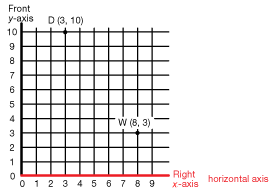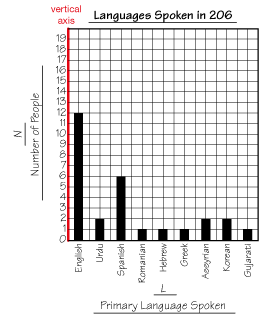Students make predictions and generalizations about a population by studying a sample. In the Kind of Bean Lab, students take a scoopful of dry beans from a population of beans. After students gather and count the beans, they record, organize, graph, and analyze their data.
Content in this Lesson
- Representing and using variables of an investigation [E1].
- Drawing scaled bar graphs from a table [E2].
- Reading a table or scaled graph to find information about a data set [E3].
- Making predictions and generalizations about a population from a sample using data tables and graphs [E4].
- Communicating reasoning and solutions verbally and in writing [MPE5].
- Representing whole number sums on number lines [E6].
Assessment in this Lesson
| Assessment | Expectation Assessed | Math Practices Expectation Assessed |
|---|---|---|
|
Kind of Bean Lab Picture Student Activity Book Page 13 |
|
|
|
Kind of Bean Lab Graph Student Activity Book Page 14 |
|
|
|
Kind of Bean Lab Check-In: Questions 7–11 with Feedback Boxes Student Activity Book Pages 16–19 |
|
|
|
DPP Item L Playing Number Line Target Teacher Guide - digital |
|
















